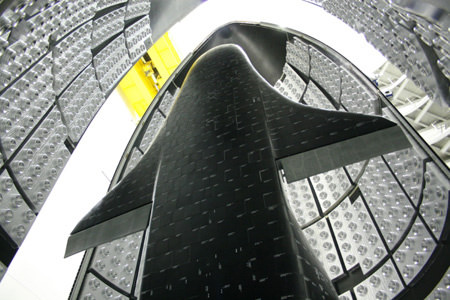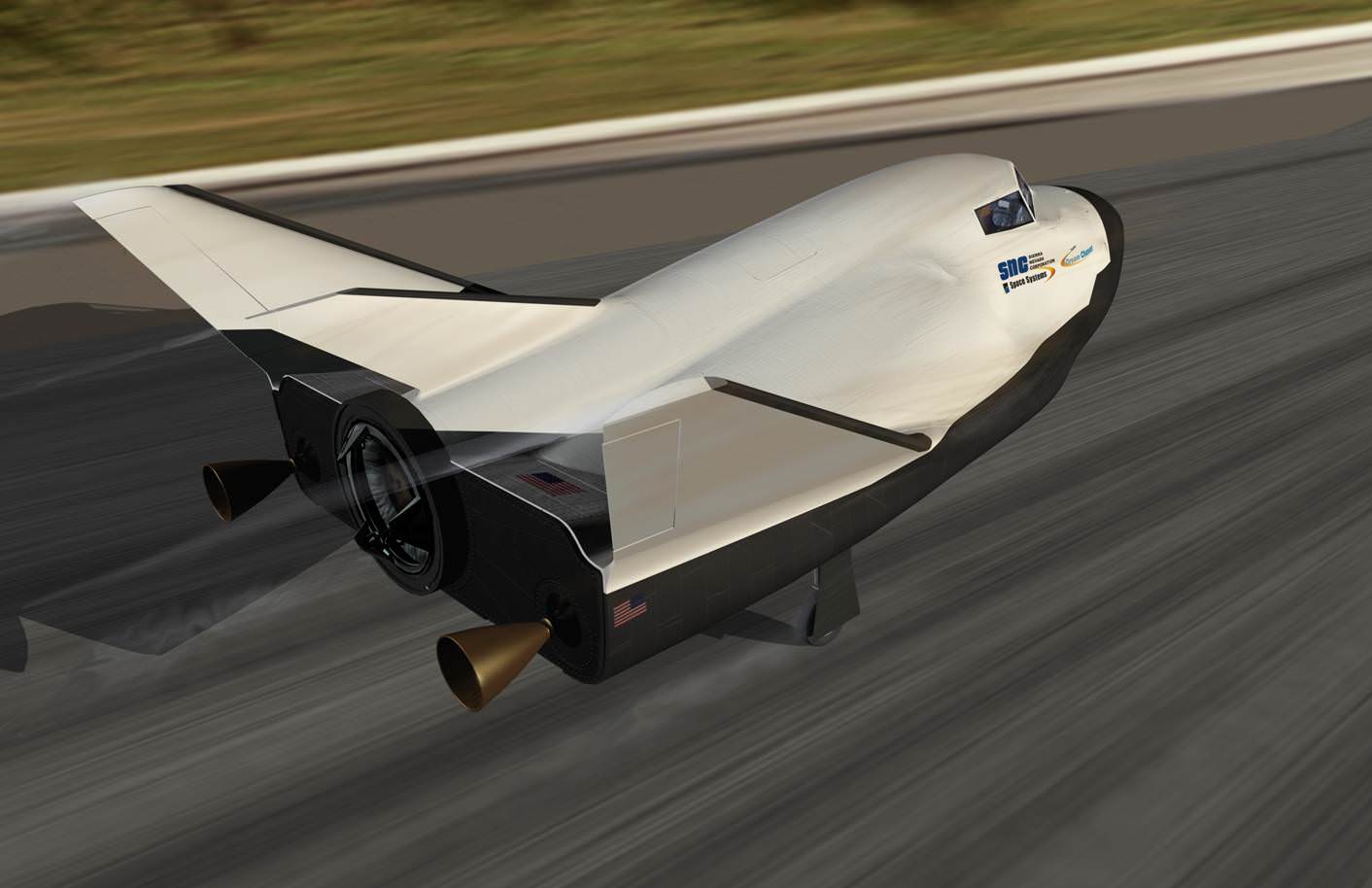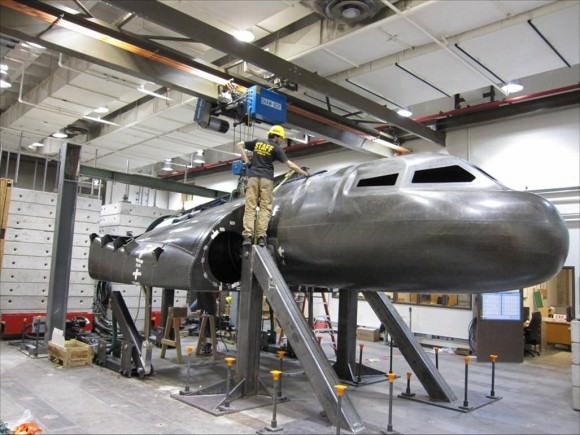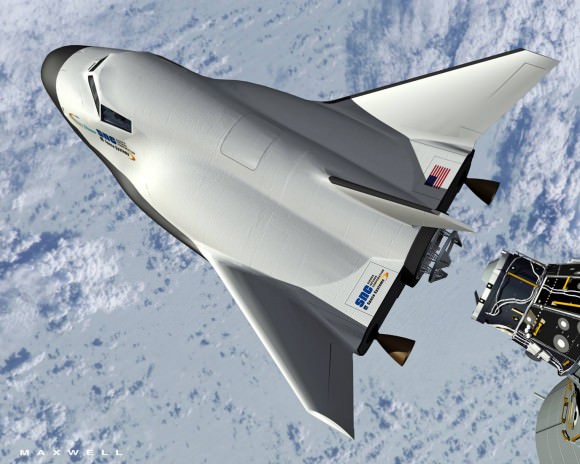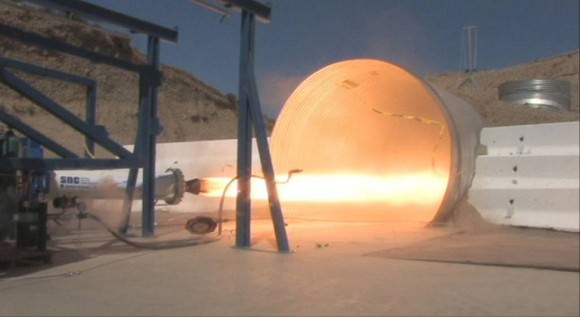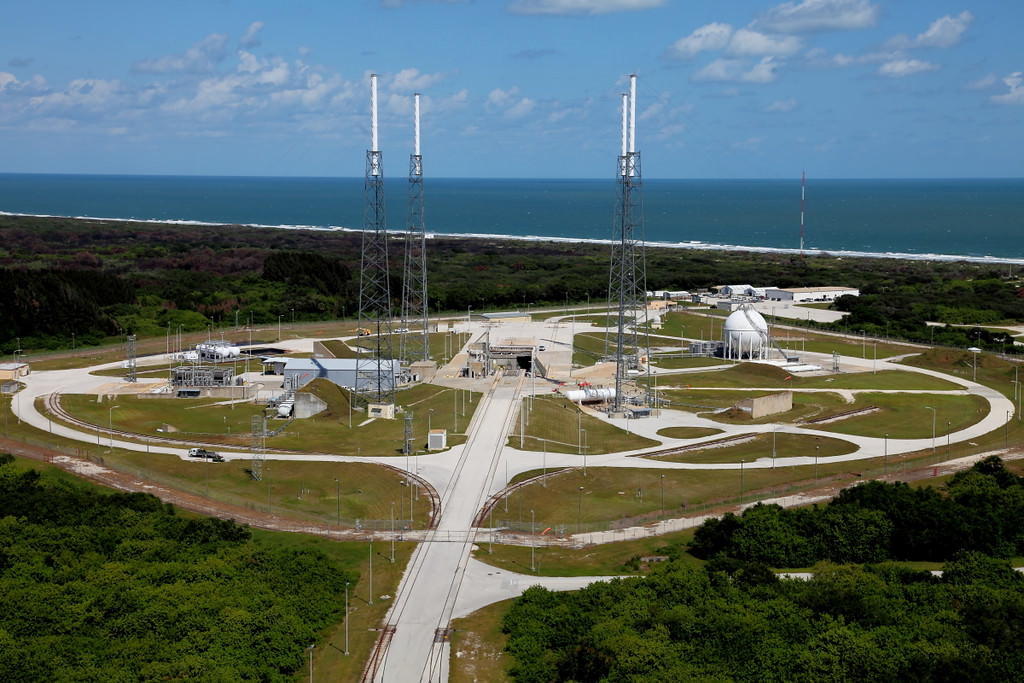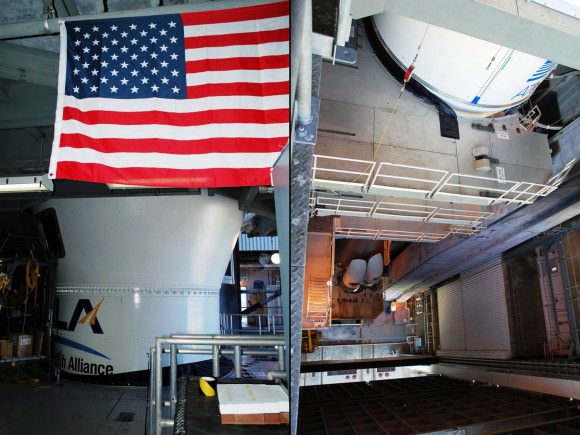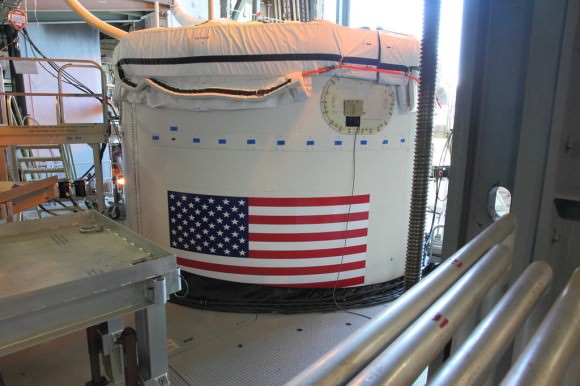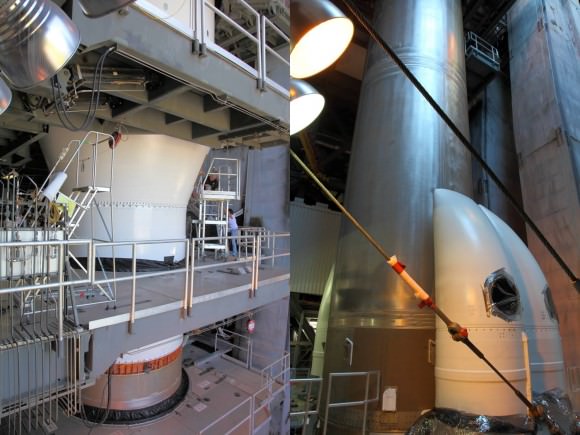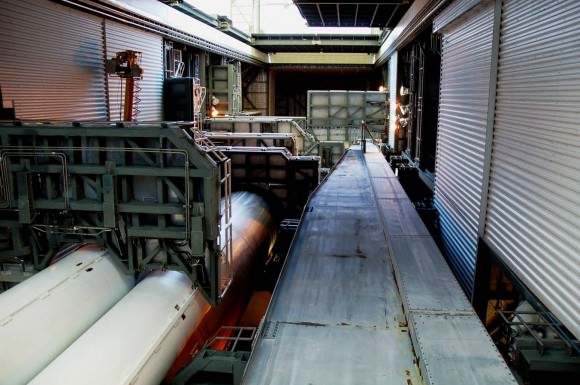[/caption]
As reported online at Space.com, the Boeing Company is already working on the CST-100 space taxi as a means of transportation to and from the International Space Station (ISS). But the aerospace firm is not content with just this simple space capsule and is looking into whether-or-not another of Boeing’s current offerings – the X-37B space plane could be modified to one day ferry crew to and from the orbiting laboratory as well.
proposed variant of the spacecraft, dubbed the X-37C, is being considered for a role that has some similarities to the cancelled X-38 Crew Return Vehicle (CRV). The announcement was made at a conference hosted by the American Institute of Aeronautics and Astronautics (AIAA) and reported on Space.com.
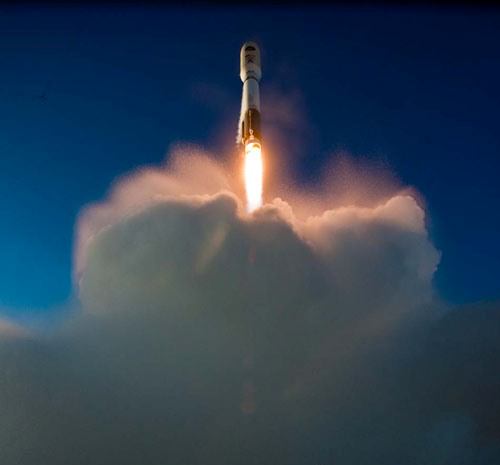
The X-37B or Orbital Test Vehicle (OTV) has so far been launched twice by the U.S. Air Force from Cape Canaveral Air Force Station in Florida. One of the military space planes completed the craft’s inaugural mission, USA-212, on Apr. 22, 2010. The mini space plane reentered Earth’s atmosphere and conducted an autonomous landing at Vandenberg Air Force on Dec. 3, 2010.
The U.S. Air Force then went on to launch the second of the space planes on mission USA-226 on Mar. 5, 2011. With these two successful launches, the longest-duration stay on orbit by a reusable vehicle and a landing under its belt, some of the vehicle’s primary systems (guidance, navigation, thermal protection and aerodynamics among others) are now viewed as having been validated. The vehicle has performed better than expected with the turnaround time being less than predicted.
If the X-37C is produced, it will be roughly twice the size of its predecessor. The X-37B is about 29 feet long; this new version of the mini shuttle would be approximately 48 feet in length. The X-37C is estimated at being approximately 165-180 percent larger than the X-37B. This increase in the size requires a larger launch vehicle.
This larger size also highlights plans to have the spacecraft carry 5 or 6 astronauts – with room for an additional crew member that is immobilized on a stretcher. The X-38, manufactured by Scaled Composites, was designed, built and tested to serve as a lifeboat for the ISS. In case of an emergency, crew members on the ISS would have entered the CRV and returned to Earth – a role that now could possibly be filled by the X-37C. The key difference being that the CRV only reached the point of atmospheric drop tests – the X-37B has flown into space twice.

The crewed variant of the X-37 space plane would contain a pressurized compartment where the payload is normally stored, it would have a hatch that would allow for astronauts to enter and depart the spacecraft. Another hatch would be located on the main body of the mini shuttle so as to allow access to the vehicle on the ground. The X-37C, like its smaller cousin, would be able to rendezvous, dock, reenter the atmosphere and land remotely, without the need of a pilot. Acknowledging the need for pilots to control their own craft however, the X-37C would be capable of accomplishing these space flight requirements under manual control as well.
As mentioned in the Space.com article, one of the other selling points for the X-37C is its modular nature. Different variants could be used for crewed flights or unmanned missions that could return delicate cargo from the ISS. Neither the Russian Soyuz spacecraft, nor commercially-developed capsules are considered as appropriate means of returning biological or crystal experiments to Earth due to the high rate of acceleration that these vehicles incur upon atmospheric reentry. By comparison the X-37B experiences just 1.5 “g” upon reentry.
The launch vehicle that would send the proposed X-37C to orbit would be the United Launch Alliance Atlas V rocket. In provided images the X-37C is shown utilizing a larger version of the Atlas booster and without the protective fairing that covered the two X-37B space planes that were launched.

